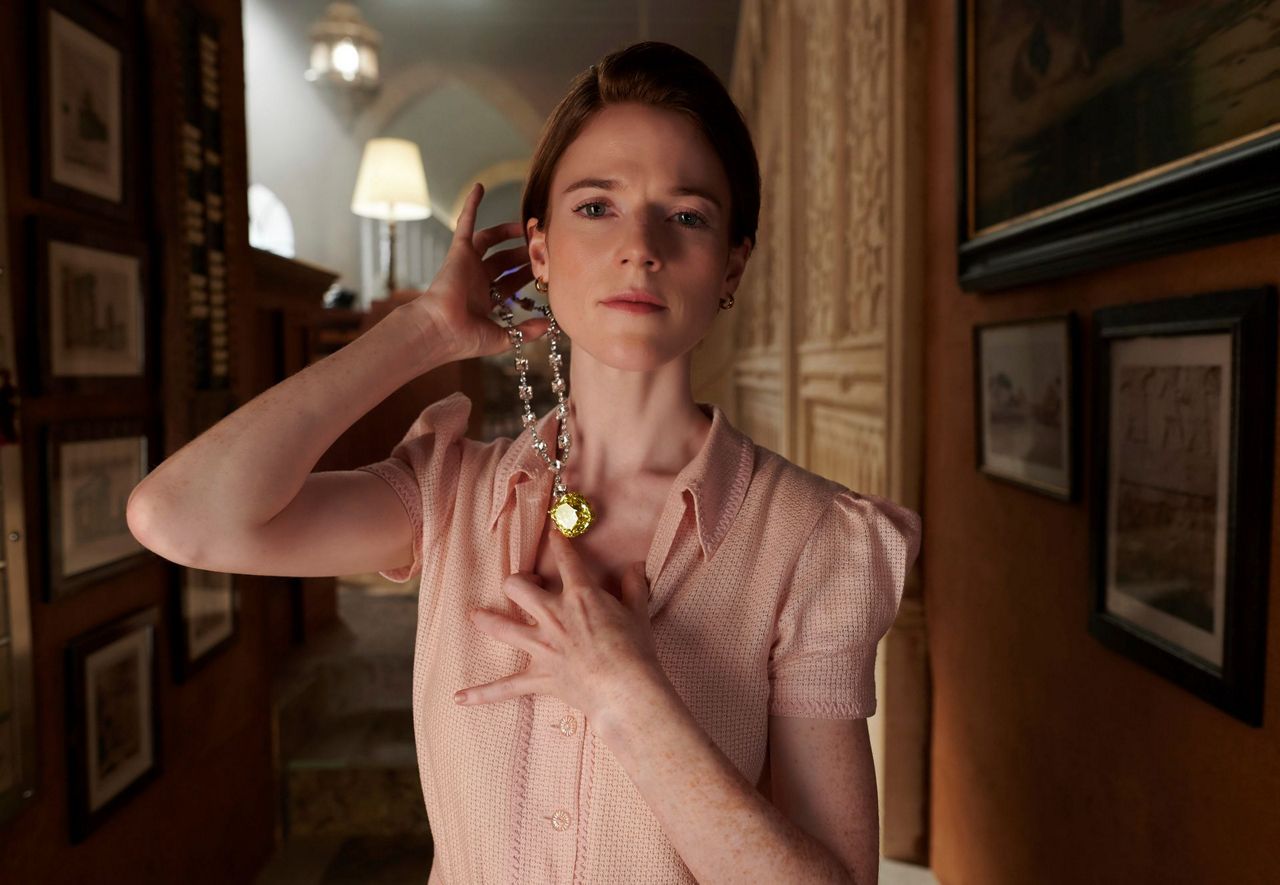Kenneth Branagh's Agatha Christie adaptation “Death on the Nile” begins with a flashback to the trenches of World War I before shifting to 1930s London two decades later, but that’s nothing compared to the time that's passed since Branagh's preceding 2017 whodunit “Murder on the Orient Express.”
That film, which packed a bevy of stars aboard an opulent locomotive, was a saggy contrivance that lacked the warm fizz of Sidney Lumet's 1974 version, with Albert Finney. But “Murder on the Orient” did offer a welcome reminder of two immutable cinematic maxims: Train movies are irresistible and whodunits are, generally speaking, a hoot. It was an unexpected box-office hit, and a sequel, with Branagh again directing and returning as the mustachioed Belgian detective Hercule Poirot, was quickly ordered up with visions of something like a Christie-verse.
But the pandemic, which partly accounts for release postponements stretching two years, is not all that has delayed “Death on the Nile.” One of its stars, Armie Hammer, plunged into scandal, and the studio reportedly considered reshooting the film with another actor. Even the studio disappeared when 20th Century Fox was acquired by the Walt Disney Co.
Still, the biggest sea change to swamp “Death on the Nile” may have been something else: Rian Johnson's “Knives Out" kind of blew it out the water. Johnson's 2019 mystery wasn't based on a Christie novel, but it was affectionately styled after one, and giddily brought the genre into contemporary times. Here, with Daniel Craig as the very Poirot-like investigator Benoit Blanc, was the exciting whodunit revival. (A Mediterranean-set sequel is due out later this year.)
So “Death on the Nile," with Hammer in tow, is making its humbled way into theaters this Friday. A glossy, star-studded adaptation of Christie's 1937 novel, scripted by Michael Green, is a better movie than “Murder on the Orient Express” but still feels like a creaky murder mystery too insecure to simply let its talky characters and spiraling plot lines play out. Instead, “Death on the Nile,” stuck somewhere between the past and today, tries vainly to spruce up an old-fashioned style of movie with buckets of CGI and a nervous camera that can't stop swooping around.
It begins with a flashback to Poirot as a soldier at war, where his cunning reading of the winds leads to a promising offensive, along with a battle wound that ultimately prompts Poirot's choice of facial hair. We know where the Joker got his malaise and Superman his powers; now we can finally account for the origin of Poirot's stache.
And certainly, Branagh's portrayal of Christie's seminal detective leans into the iconic. His Poirot is especially smirking, knowing and mustache-twirling. For much of the movie early on, we see him in mugging close-up and ominous silhouette simply watching — especially at a London blues club where Salome Otterbourne (Sophie Okonedo) is performing and a love triangle is possibly forming on the dance floor. There writhes the passionate lovers Simon Doyle (Hammer) and Jacqueline (Emma Mackey). She pauses to introduce her fiancé to the wealthy socialite Linnet Ridgeway (Gal Gadot) and appeal to her for a job for Doyle.
When Poirot turns up months later at the Pyramids in Egypt, Doyle and Linnet are married and honeymooning. The desert scene is computer generated and a little ridiculous. An old acquaintance, Linus Windlesham (a nicely against type Russell Brand), a doctor and Linnet's former fiancé, is flying a kite halfway up one of the pyramids. Linnet briefly is seen in the garb of Cleopatra, like a mini-coming attraction for an in-development movie trailed by its own controversy.
All, including a jilted, jealous Jacqueline, board the Karnak, a handsome riverboat steamer. For “Death on the Nile,” it's a polished set for the movie's main action. Just about everyone on the ship has some connection to the newlyweds. Among the persons of interest are the painter Euphemia (Annette Bening), Linnet's lawyer, Andrew Katchadourian (Ali Fazal), Otterbourne and her niece (Letitia Wright), Linnet's godmother Marie Van Schuyler (Jennifer Saunders) and her companion (Dawn French).
As they float down river, “Death on the Nile” takes a while setting up the various characters, teasing possible motives and sending its cameras circling around the Karnak in pointless flourishes. But once there is a fresh body and a crime to untangle, “Death on the Nile” settles down. Poirot goes to work, the clues pile up and the craftiness of Christie's tale takes hold. An upside of the murder mystery is how it can isolate each actor in an ensemble and give them a chance to flourish. Here, that's true especially for Okonedo, whose chanteuse adds some gravity to the proceedings.
But by the time the movie finally finds a swifter current, Branagh's film has only embellished memories of the 1978 version, with Peter Ustinov as Poirot, and genuine Egyptian locations. As it is, this “Death on the Nile," for too long an affected and strained entertainment lacking any sense of place, floats well downstream from more bracingly constructed whodunits.
“Death on the Nile,” a 20th Century Studios release, is rated PG-13 by the Motion Picture Association of America for violence, some bloody images, and sexual material Running time: 127 minutes. Two stars out of four.
___
Follow AP Film Writer Jake Coyle on Twitter at: http://twitter.com/jakecoyleAP
Copyright 2022 The Associated Press. All rights reserved. This material may not be published, broadcast, rewritten or redistributed without permission.











